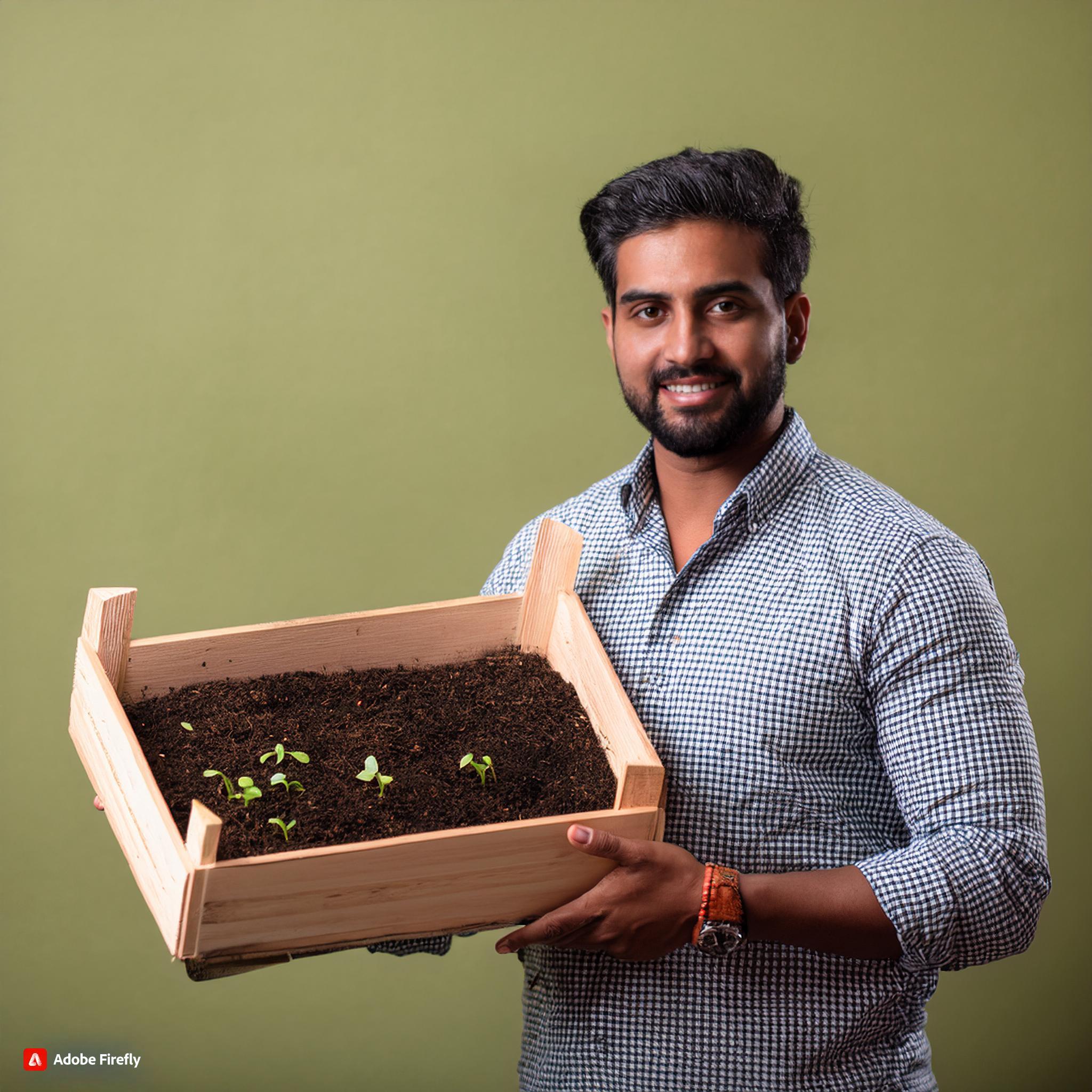Composting is a fantastic way to turn kitchen scraps and yard waste into nutrient-rich soil. Not only does it help reduce waste, but it also benefits your garden. If you’ve ever thought about composting but felt intimidated, here’s how easy and efficient it can be.
First, choose your method. A compost bin is great for beginners; you can buy one or make it from pallets or plastic containers. Find a dry, shady spot in your yard to keep your compost cool and moist.
Next, gather your materials. Composting requires a balance of “greens” (like fruit peels, coffee grounds, and grass clippings) and “browns” (such as dried leaves, cardboard, and straw). A good rule of thumb is to use about three parts brown to one part green. Start by layering brown materials at the bottom, then add greens, and keep alternating layers to help aerate the pile.
Maintenance is simple. Turn your compost every few weeks to keep it aerated, and ensure it stays moist—like a damp sponge. If it gets too dry, add water; if it’s too wet, throw in more browns.
One of the best things about composting is how little effort it takes for significant rewards. In just a few months, you can transform your organic waste into rich compost that improves your garden soil and reduces the need for chemical fertilizers. Plus, composting cuts down on the waste sent to landfills, making your gardening practices more sustainable.
Many people think composting is complicated, but it’s straightforward. You don’t need fancy tools or advanced gardening skills. Just toss your scraps into a bin, layer them with yard waste, and let nature do its work.
In summary, composting is an easy and effective way to reduce waste and enrich your garden. With minimal effort, anyone can turn kitchen scraps into a valuable resource. Why not give it a try? You might be surprised at how rewarding it can be for both you and the planet!

